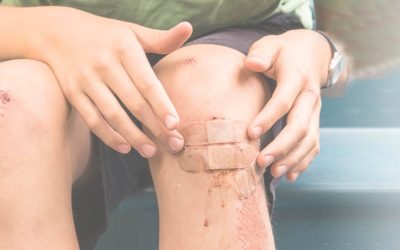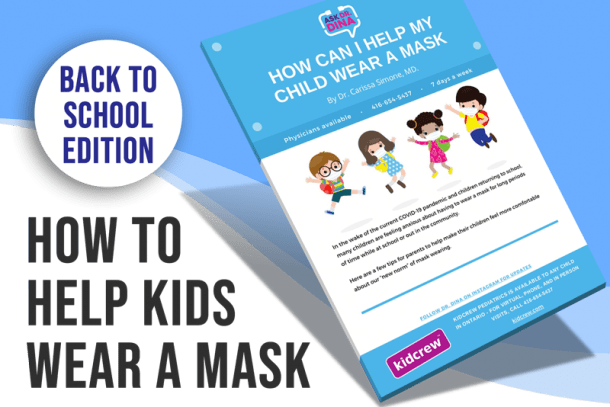The Dreaded Sprained Ankle – How to Cope
Sprained ankles are very common in children, and can occur in athletic and non-athletic children alike. Ligaments of the ankles hold the bones and joints in proper position. They protect the ankle from twisting, turning and rolling inappropriately. As ligaments are elastic, they can stretch to a limit, returning to their natural position easily. When it is stretched or torn beyond its limits, a sprain occurs.
As ligaments are elastic, they can stretch to a limit, returning to their natural position easily. When it is stretched or torn beyond its limits, a sprain occurs.
How does a sprain happen?
Abnormal twisting, rolling or turning movements lead to ankle sprains. Severe in-turning or out-turning of the foot relative to the ankle, such as occurs when landing on an uneven surface. You may hear a ‘pop’ and pain and swelling result.
How is a sprained ankle diagnosed?
Ankle sprains are a clinical diagnosis. First your doctor will rule out an ankle fracture based on the location of the pain, the type of injury, swelling, bruising and range of motion. Your doctor may order an x-ray if it is unclear if there is a fracture.
If the ligament is completely torn the ankle may be unstable. Magnetic Resonance Imaging (MRI) may be recommended to determine the severity of ligamentous injury.
Symptoms
Ligamentous pain is the most common symptom in an ankle sprain. The amount of pain varies depending on the amount of stretching and tearing of the ligament. Ankle instability occurs with complete tearing of the ligament.
Ankle sprain treatment
Non steroidal anti-inflammatory medications such as Ibuprofen can help minimize pain and swelling.
In addition, we generally recommend the following (RICE):
- Rest your ankle by not walking on it.
- Ice should be immediately applied. It keeps the swelling down. It can be used for 20 minutes to 30 minutes, three or four times daily. Combine ice with wrapping to decrease swelling, pain and dysfunction.
- Compression bandages or ace-wraps immobilize and support the injured ankle.
- Elevate your ankle above your heart level for 48 hours.
Sprained ankle recovery time
Most ankle sprains will heal on their own after a short period of time with rest. The recovery time is usually 4-6 weeks. It is important to continue to move the joint around to prevent muscle atrophy and stiffness. Your doctor may tell you to use a cast or air-boot if there is a complete ligament tear. Otherwise relative rest can help it heal quickly. Surgery is very rarely required.
The goal is to increase strength, stability and range of motion over time.
Sprained ankle rehab
Rehabilitation is used to decrease pain, swelling and stiffness. Rehab can help prevent chronic ankle problems. Active and controlled range of motion exercises of the ankle joint can help. Water exercises can be used if land-based exercises are too painful. The goal is to increase strength, stability and range of motion over time.
Ankle Sprain Prevention
The best way to prevent ankle sprains is to maintain good flexibility, balance and strength.
- Wear well fitting, supportive shoes
- Warm up before exercising
- Pay attention to walking and running surfaces
- Slow down or stop exercising if you feel pain
Dina is a wife, mother of 4, and adrenaline junky. She loves to share children’s health information from her professional and personal experience. More About Dr Dina.










